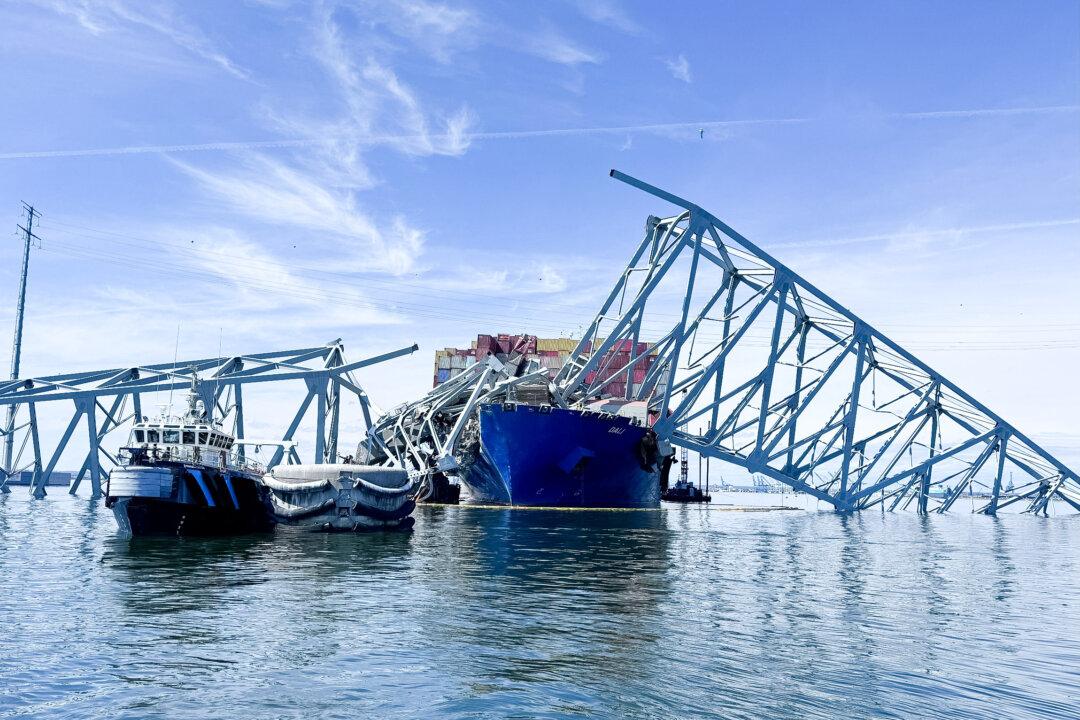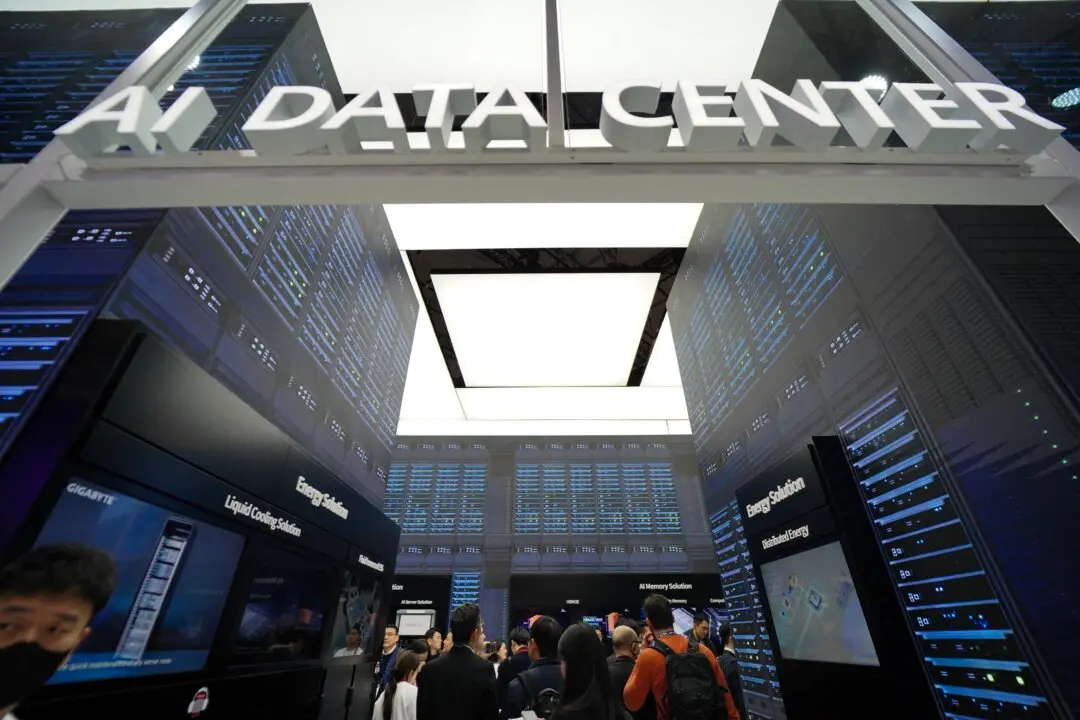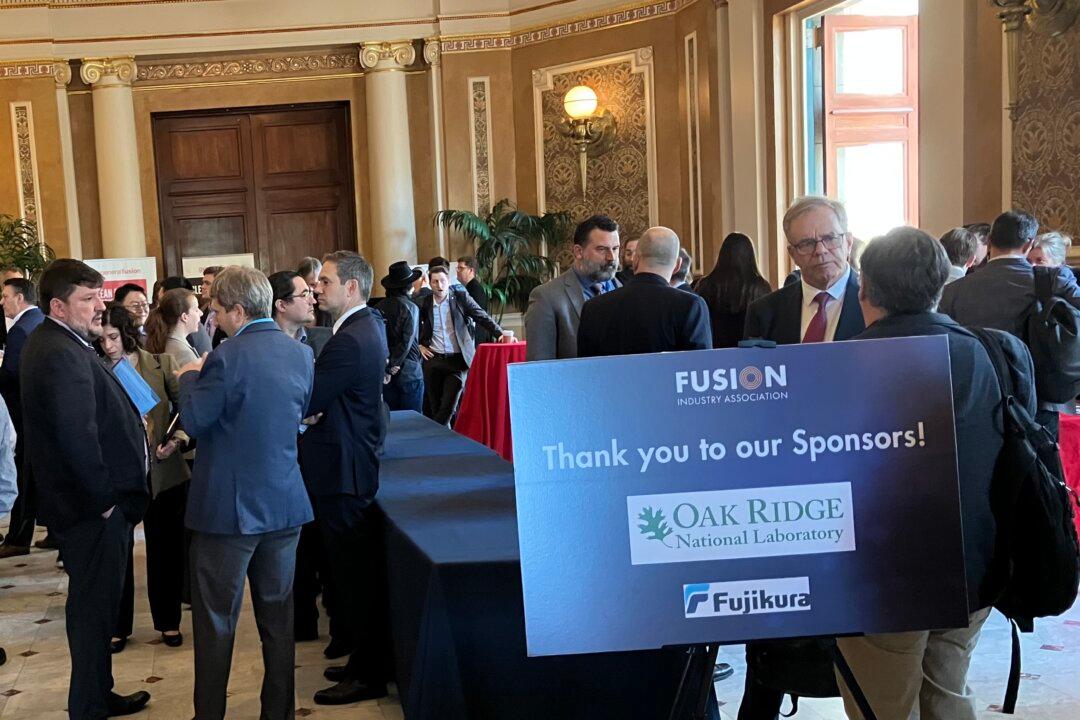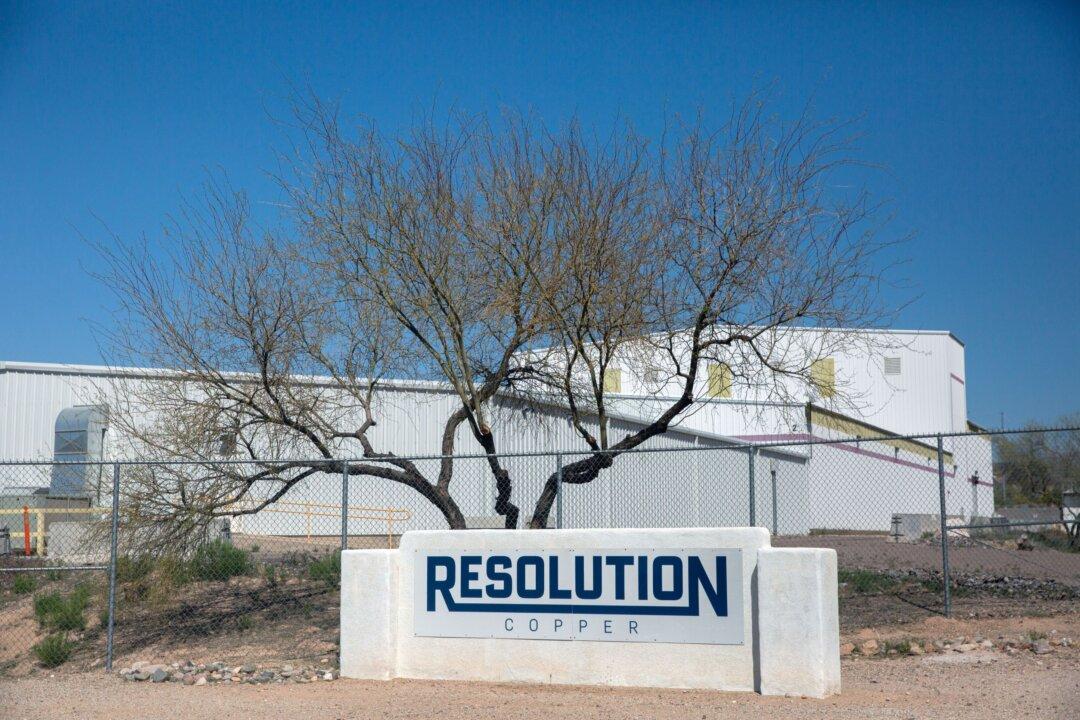The U.S. Coast Guard has opened two channels to allow repair crafts and salvage barges into Baltimore Harbor. However, it will be weeks before container ships can navigate the span of the Patapsco River now blocked by the Francis Key Bridge, which was knocked down by a 95,000-ton cargo ship in a crash that killed six people on March 26.
“This marks an important first step along the road to reopening the port of Baltimore,” Coast Guard Capt. David O'Connell, federal on-scene coordinator, said in an April 1 statement.





